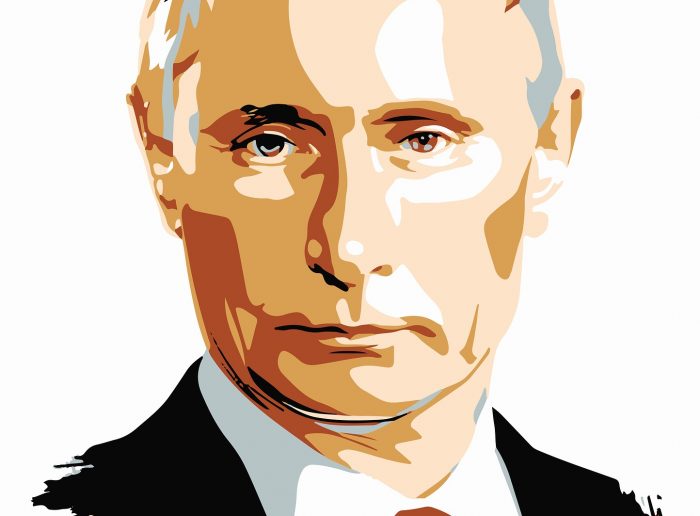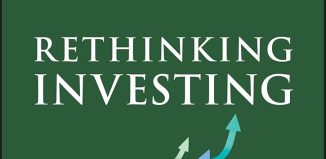Between You and Me: What does President Vladimir Putin really want?
By Leah S. Dunaief

If it was President Vladimir Putin’s intention to be the center of global attention, he has certainly succeeded. Not much can push the latest COVID news off the top spot. Maybe inflation and how it is affecting the average resident can, but that’s nothing compared to the dominance of the situation in Ukraine and the speculation about what Putin’s next move will be. There seem to be numerous Putin specialists who profess to have studied the Russian dictator’s every move for many years and know what his plan is. Or, does he have a plan? Is this a story that he is writing as he goes along? This makes for lots of rhetoric among the pundits.
One thing is sure. The serious possibility of Russian aggression has caused North Atlantic Treaty Organization members to stand together and reaffirm their alliance. Perhaps this was Putin’s test. There was little reaction when the Russians invaded and took over Crimea in 2014. Would anyone really care if they took over all of the Ukraine?
Well, the answer to that question is decidedly YES. And the United States has stepped forward to reaffirm it alliance with and leadership of NATO by organizing the threat of severe economic sanctions against Russia, sending military equipment to Ukraine and finally sending a symbolic number of troops to NATO countries that border on Ukraine, namely Poland and Romania. A small number of soldiers also went to Germany, perhaps to bolster the resolve of the newly elected German leader, Chancellor Olaf Scholz, to honor its alliance.
Germany has the most to lose as far as its energy supply goes. Some 38% of the European Union’s natural gas comes from Russia, according to Eurostat, the EU’s statistics office. Much of it is imported by Germany to heat homes in winter and enable factories to operate. The loss of that source of energy would certainly cause economic pain to Germans and other European residents, who would have to pay more for significantly less supply. And of course, that furthers the impact of inflation.
Russia’s overt demands include halting NATO’s expansion and reducing its military exercises and presence in Eastern Europe. Specifically, Putin wants guarantees that Ukraine will not be allowed to join NATO, which its current leadership has indicated it would want to do in the future. However, noted globalist and New York Times columnist, Thomas L. Friedman, suggested in the issue of February 16, that Putin’s fear is that “Ukraine becomes Westernized. He fears that one day Ukraine will be admitted to the European Union.” If such an event were to happen, which Friedman believes young Ukrainians dream about, they feel it could “lock in their frail democracy and lock out corruption and Putinism.”
Friedman goes on to point out that “Putin seized Crimea and first invaded part of Eastern Ukraine in February-March 2014. What else was happening then? The European Union’s 28 member states were forging a new E.U.-Ukraine Association Agreement to foster closer political and economic ties, signed on March 21, 2014.” Putin’s greatest fear, according to Friedman, “is the expansion of the E.U.’s sphere of influence and the prospect that it would midwife a decent, democratic, free-market Ukraine that would every day say to the Russian people, ‘This is what you could be without Putin.’”
Meanwhile, Putin is deciding, according to Friedman, “If I go ahead with a full scale invasion and it goes bad — wrecking Russia’s economy and resulting in Russian soldiers returning home in body bags from a war with fellow Slavs —could it lead to my own downfall?”
Whatever Putin’s thoughts are, he has used the threat of military force to bring the Western leaders to the table for extensive talks. Perhaps the diplomats will remake the Eastern European map without resorting to war.
Until there is some sort of resolution to this stand off, what can we, here in America, expect? We will have to deal with the possibility of growing shortages and accompanying inflation, which in fact we are already experiencing at the gas pumps.







